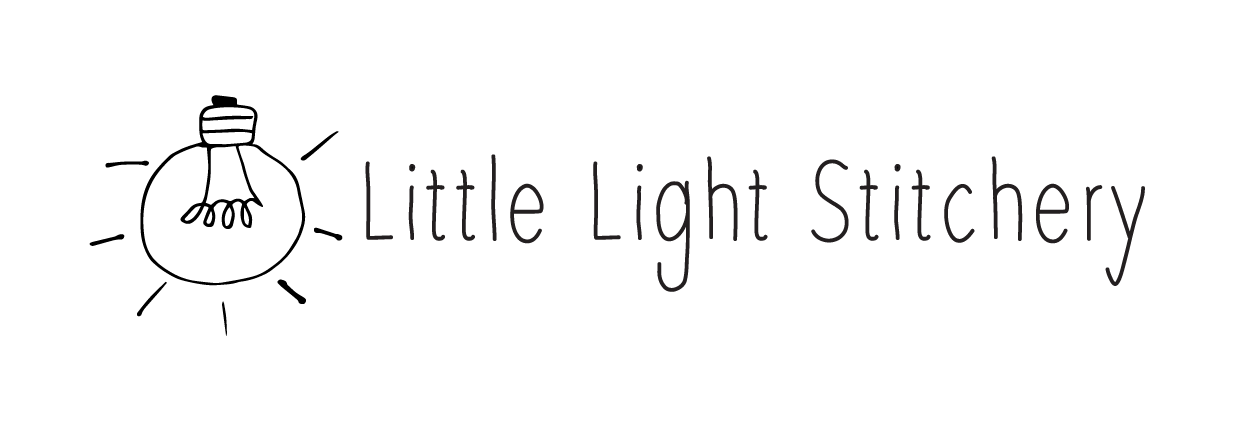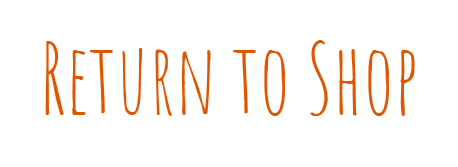This is a fabric that I have wanted to produce for quite some time now. Ever since I discovered the quilting community making temperature quilts, I have wanted to produce an embroidered one. I think it combines my love of data crunching and stitching! The idea of representing events, thoughts, data of any kind in a project spanning a full year, really appeals to me. And that’s kind of surprising because I also frequently talk about how I like a quick project, one that takes an evening to finish… Could this be any more different? But it’s not an overwhelming project, it’s actually less than 10 stitches a day. Completely achievable, even when playing catch-up.
The circular form of this design couldn’t be better suited to working in a hoop, the way it flows is very satisfying, especially December!

Getting started
So how do you start? Well, what do you want to track? Here are some ideas –
- Weather patterns such as temperature, rainfall or hours of sunshine
- Moods or emotions
- Activities such as swimming, running, steps walked, pages read of a book
- Medical symptoms (I’ve even seen a poo tracking blanket!)
- Sleep habits
- Wildlife observations such as different bird species seen
And depending on the stitch(es) that you choose to use, you could track two different things. I have used my prototype to track the maximum and minimum daily temperatures, but you could use it to do all kinds of comparisons. How about hours of sleep and steps walked? Or hours of sunlight and your mood?
Some data, such as weather patterns, is readily available online, so you won’t necessarily need to keep a note of it each day, whereas if you wanted to track your moods for example, you would need to jot it down each day so that you can remember it when you come to stitch it. Because let’s face it, with all the best intentions, you won’t be picking up this hoop every day! I started really well, but by the end of January I put it down for about 3 months!! Thankfully it was very quick to catch up with and since May, I haven’t let it get more than a few weeks out of date.
I have created a useful template that you can download to keep track of your data ready to stitch.

Creating your data ranges
Once you have decided what you’d like to stitch, you will need to assign thread colours to either the subjects or ranges. If you are tracking moods, then a different colour for each type of mood is relatively straightforward, but if you are following something like weather patterns, then you may have to establish the data range and the differing intervals.
I will describe how I developed the ranges for my temperature hoop, and you can apply this technique to your chosen subject. To start with I looked back over the last few years to see what the lowest and highest temperatures had been. I then worked out which colours I wanted to use and once I had decided on how many colours, I divided the temperature range between them. This meant assigning 3 degrees to each colour as follows:
| Colour | Temp range | DMC colour |
| Pink | 36+ | 3607 |
| Pink | 33 to 35 | 915 |
| Pink/red | 30 to 32 | 326 |
| Red | 27 to 29 | 321 |
| Red | 24 to 26 | 666 |
| Orange | 21 to 23 | 946 |
| Orange | 18 to 20 | 741 |
| Yellow | 15 to 17 | 444 |
| Green | 12 to 14 | 907 |
| Green | 9 to 11 | 906 |
| Green | 6 to 8 | 701 |
| Green/blue | 3 to 5 | 3812 |
| Blue | 0 to 2 | 3849 |
| Blue | -3 to -1 | 3765 |
| Blue | -6 to -4 | 820 |
| Silver | < -6 | 03 |
These are the 16 colours that I have included in the full kit. You can use all or some of them to create your own ranges. The ones I have created may work for you or you may need to shift them around depending on where you live!
This is the website that I have used for the temperature data.
At the start of the year I had a little wobble about the colours that I had chosen, particularly the greens and blues as I didn’t feel that January looked blue (or cold) enough! Check out my Instagram profile to see how the hoop looks and if you wanted to adjust your colours, you can certainly do so. You might want to ditch a green and move the blues up for example.

The stitches
I have kept my hoop simple by using satin stitch for the centre (5 vertical stitches to be precise!) and four long straight stitches around the edge. I like to edge my satin stitch because I find it hard to keep the edges neat, so tracking two subjects works well for this. If you are only tracking one thing, I would still edge the square in the same colour. I have used 4 strands of thread for the squares and a single strand of black thread (in backstitch) for the month names.
But how about using chain stitch as a fill? It would look like little squares of knitting if done in vertical lines in the same direction! Or brick stitch? French knots even? If you want to go down a rabbit hole, check out the Royal School of Needlework Stitch Bank here.
What else do you need to know?
I have created this fabric for a ‘normal’ year and not a leap year. So you will need to add an extra square in February for any leap years, including 2024!
You might want to add the year to the hoop, I am undecided how to do it with mine at the moment, I don’t know whether to go large in the centre, or keep it small either above January or underneath December? But I have created a sheet that you can use to add one to your hoop if you would like, simply trace it onto the hoop using a light source and appropriate pen such as a heat erasable Pilot Frixion (be wary of these as they aren’t actually magic and do leave a very faint line when removed)
I sent out a free pattern version of this hoop last year and one of the recipients created a legend as a separate hoop to go alongside it and it looked great! I will add this as a separate blog post later in the year so watch this space!

And finally…
Enjoy it! Watch it grow and see the patterns develop.
And don’t panic if you get left behind! As long as you have your data, you can catch up. I caught up 3 months in less than a week, stitching for just a couple of hours each evening. As a rule, I stitch a week at a time on a Sunday evening, but often stray from this!
Don’t forget that every order includes an invitation to an online workshop in January so that I can help you get started and answer any questions that you may have. But don’t wait until then if you have questions! Feel free to message me on Instagram or Facebook or you can email me at hello@littlelightstitchery.co.uk.
I would love to hear your ideas for how you are planning to use your fabric so comment on this blog or let me know through Instagram. And don’t forget to share your hoop as it develops. You can tag me as @littlelightstitchery in Instagram and use the hashtag #AYearInEmbroidery


Will the zoom be recorded?
I’ve an AGM to attend and difficult to avoid attending!
I’ll try to record it yes, because I think there will be a few people who can’t make it out kits that don’t arrive in time!
Thanks Nicky